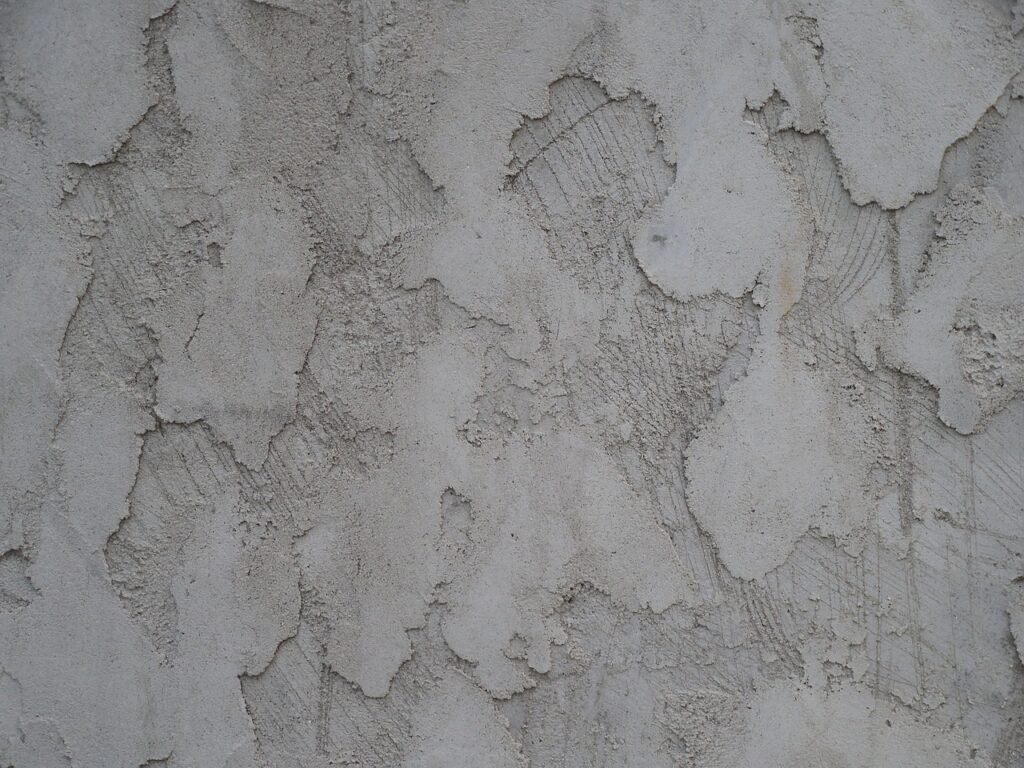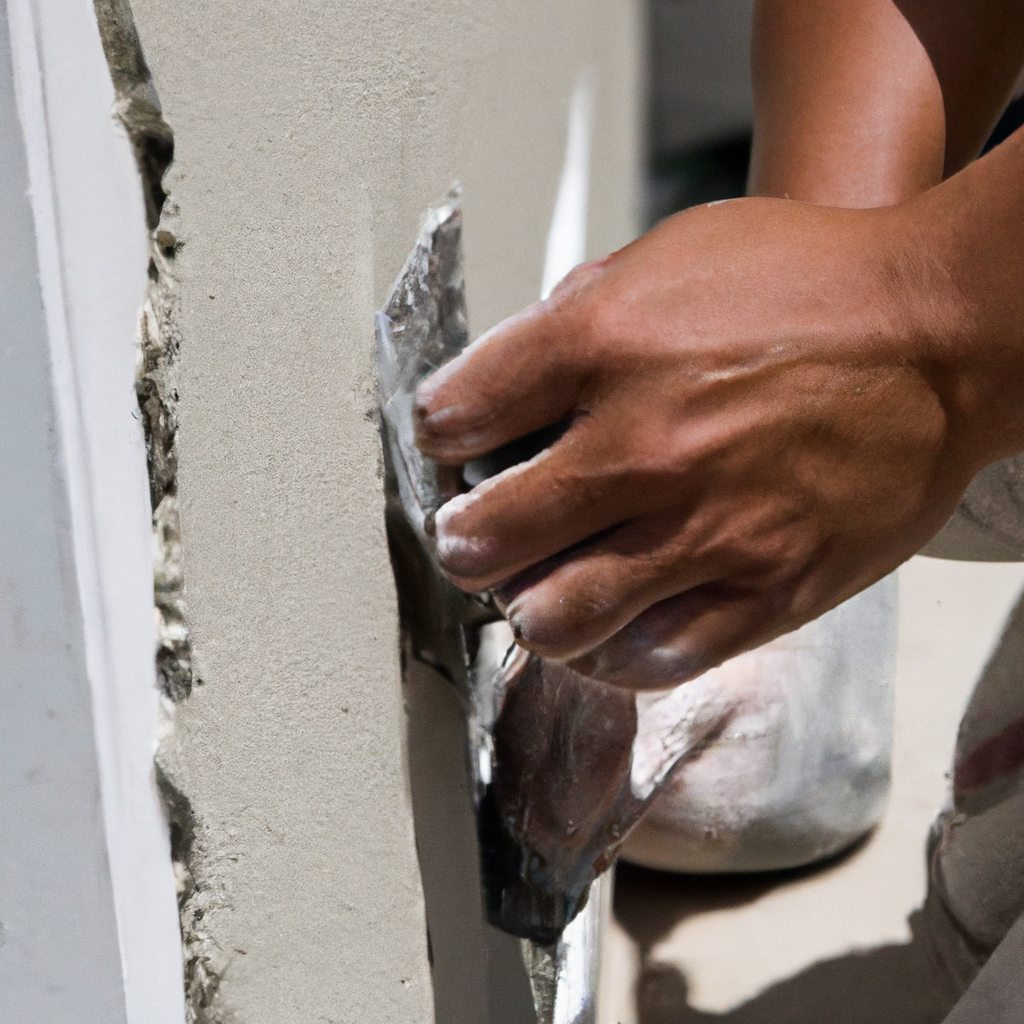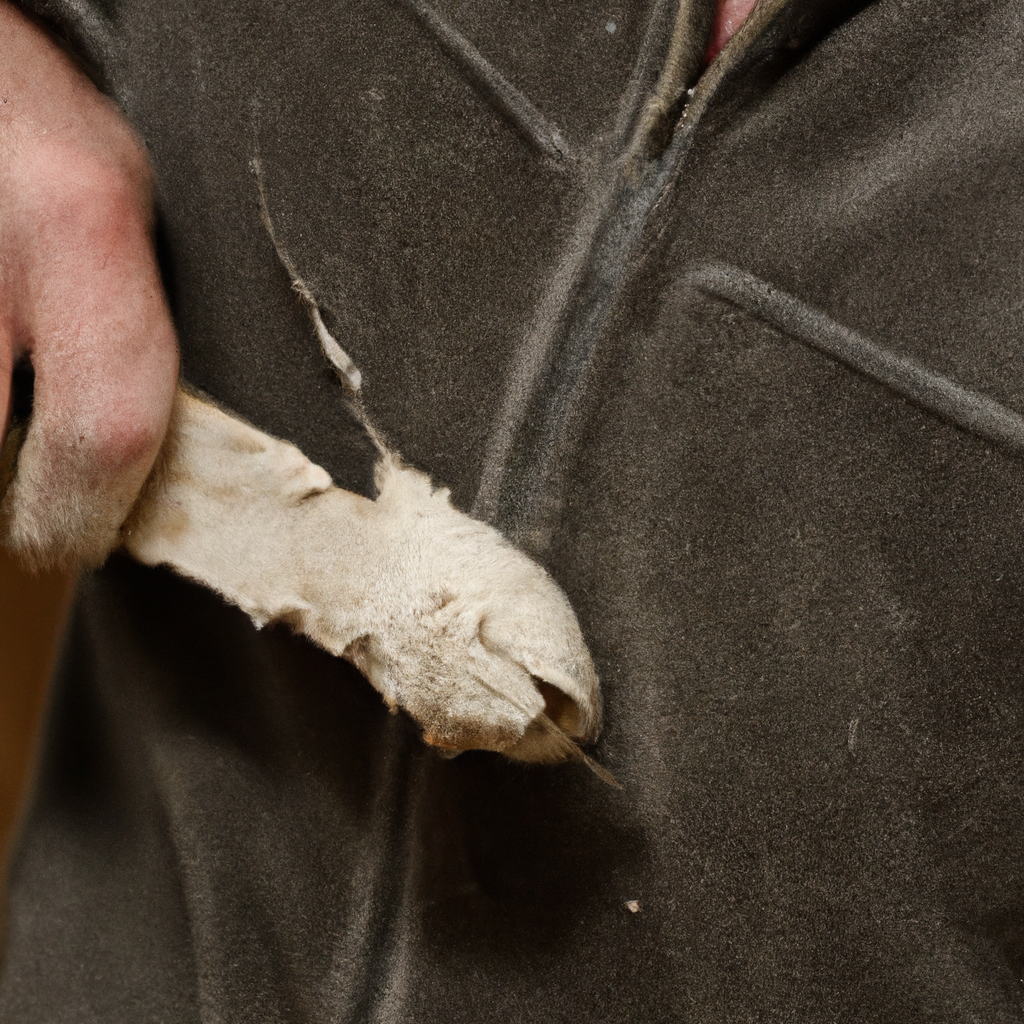Are you tired of those unsightly cracks in your stucco walls? Look no further than our expert stucco crack repair services. We understand how frustrating it can be to see your beautiful exteriors deteriorating due to cracks. Whether it’s a small hairline crack or a larger crevice, our team of skilled professionals is here to provide you with the best solution. With our advanced techniques and high-quality materials, we will restore the integrity of your stucco walls, ensuring they look as good as new. Say goodbye to those bothersome cracks and hello to a flawless exterior once again with our reliable stucco crack repair services.

Overview
What is stucco?
Stucco is a type of plaster used in construction and architectural design. It is a durable material that is commonly used as an exterior finish for buildings. It consists of a mixture of cement, sand, and water, which is applied in multiple layers over a solid surface such as wood or masonry. Stucco is known for its versatility and ability to create a smooth, textured, or patterned finish. However, like any other construction material, stucco can develop cracks over time due to various factors.
Common causes of stucco cracks
Stucco cracks can occur due to a combination of factors, including age, weather conditions, and structural movement. One of the common causes is water infiltration. When water seeps into the stucco, it can cause the material to expand and contract, leading to cracks. Temperature changes can also contribute to cracking, as extreme heat or cold can cause the stucco to shrink or expand. Poor stucco installation, inadequate preparation of the surface, and improper curing are other factors that can lead to cracks in stucco.
Importance of stucco crack repair
Repairing stucco cracks is of utmost importance to maintain the structural integrity of your building and prevent further damage. Cracks in stucco can allow water to penetrate the underlying structure, leading to moisture issues, mold growth, and potential structural damage. Repairing stucco cracks not only enhances the appearance of your property but also ensures its long-term durability. Timely repairs can help prevent more extensive and costly repairs down the line.
Assessment
Visual inspection
The first step in assessing stucco cracks is to conduct a visual inspection of the affected areas. Carefully examine the exterior surfaces of your building, looking for any cracks or fissures in the stucco. Note the location, size, and type of cracks, as this information will be useful in determining the appropriate repair method. Pay attention to any signs of water damage or staining near the cracks, as this may indicate underlying structural issues.
Structural assessment
In addition to the visual inspection, it is essential to conduct a structural assessment of the building. Cracks in stucco can sometimes be a symptom of more significant structural issues, such as foundation problems or settling. If you notice multiple or recurring cracks in the same areas, it is advisable to consult a structural engineer or a qualified professional to evaluate the integrity of your building’s structure.
Crack measurement
Measuring the size of the stucco cracks is crucial for determining the appropriate repair technique. Use a ruler or tape measure to measure the length and width of each crack. This information will help you determine whether the cracks fall into the category of hairline cracks, wide cracks, horizontal cracks, stair-step cracks, or diagonal cracks. Different types of cracks may require specific repair methods, so accurate measurement is essential.
Preparation
Gather the necessary tools and materials
Before starting stucco crack repair, you will need to gather the necessary tools and materials. The specific tools required may vary depending on the repair method chosen, but common tools include a chisel, wire brush, putty knife, masonry drill, and caulk gun. The materials needed generally include a stucco patching compound, primer, bonding agent, and paint or finish coat that matches your existing stucco color.
Clean the area
Proper surface preparation is essential for a successful stucco crack repair. Begin by clearing the area around the cracks of any loose or crumbling stucco using a wire brush or chisel. This will help create a clean and stable surface for the repair materials to adhere to. Ensure that the surface is free of dirt, debris, and any previous caulking or patching material. A clean surface will promote better adhesion and a more seamless repair.
Protect surrounding surfaces
While performing stucco crack repair, it is crucial to protect the surrounding surfaces from any damage. Cover nearby windows, doors, and trim with plastic or tape to prevent any accidental splatters or markings. Use drop cloths or plastic sheets to protect the ground and landscaping from the repair materials or debris. Taking these precautions will help ensure a tidy and hassle-free repair process.
Types of Stucco Cracks
Hairline cracks
Hairline cracks are the most common type of stucco cracks. They are thin, shallow cracks that are typically less than 1/16 inch wide. Hairline cracks are usually cosmetic and do not pose a significant structural concern. However, if left unaddressed, they can allow water penetration and lead to more severe damage over time.
Wide cracks
Wide cracks are larger and deeper than hairline cracks, typically exceeding 1/16 inch in width. These cracks can be more concerning and may require more substantial repair techniques. Wide cracks can be caused by various factors, including structural movement, settling, or improper installation. It is crucial to address wide cracks promptly to prevent water infiltration and further deterioration.
Horizontal cracks
Horizontal cracks in stucco are typically caused by structural movement, which can be a sign of a more severe underlying issue. These cracks often indicate stress in the wall and may indicate potential foundation problems. Horizontal cracks should be professionally assessed to determine the cause and appropriate repair method.
Stair-step cracks
Stair-step cracks are named for their pattern, resembling the steps of a staircase. They often occur in areas where there are joints between stucco panels or at intersections of walls. Like horizontal cracks, stair-step cracks can indicate underlying structural issues and should be evaluated by a professional.
Diagonal cracks
Diagonal cracks are often a result of shifting or settling of the building’s foundation. These cracks can run diagonally across the stucco and may indicate serious structural problems. Professional assessment and repair are usually necessary for diagonal cracks to ensure the stability and safety of the structure.

DIY Stucco Crack Repair
Surface crack repair
Surface crack repair is suitable for small hairline cracks on the stucco surface. Begin by cleaning the crack using a wire brush or chisel to remove any loose debris. Apply a thin layer of stucco patching compound over the crack using a putty knife, making sure to feather the edges for a seamless blend. Allow the patch to dry completely before applying a primer and matching paint or finish coat.
Hairline crack repair
To repair hairline cracks, start by opening the crack slightly using a chisel or screwdriver. This allows the repair material to penetrate the crack fully. Apply a thin layer of bonding agent to the crack, followed by a stucco patching compound. Smooth the compound over the crack, feathering the edges for a seamless finish. Once dry, prime and paint or apply a finish coat to match the existing stucco.
Wide crack repair
Wide cracks require a more extensive repair process. Begin by using a chisel or grinder to widen the crack and remove any loose or unstable stucco. Apply a bonding agent to the crack and fill it with a stucco patching compound, working in layers if necessary. Use a trowel to smooth the compound, ensuring it is level with the surrounding stucco. Once dry, prime and paint or finish coat to match the existing stucco.
Horizontal crack repair
Horizontal crack repair is typically more complicated and may require the help of a professional. It is essential to assess the underlying cause of the horizontal crack before attempting a repair. Depending on the severity of the crack, it may be necessary to reinforce the wall or address foundation issues in addition to repairing the stucco. Professional guidance is recommended for horizontal crack repair.
Stair-step crack repair
Repairing stair-step cracks often involves a combination of repair techniques, including structural reinforcement and stucco patching. It is crucial to consult a professional or structural engineer to assess the cause of the stair-step cracks and develop an appropriate repair plan. Properly addressing the underlying issue is vital to prevent further damage and ensure the stability of the structure.
Diagonal crack repair
Diagonal cracks are often indicative of more severe structural problems and should be evaluated by a professional. Repairing diagonal cracks may involve significant structural reinforcement, such as helical anchors or carbon fiber strips, in addition to the stucco patching process. Consulting with a professional is essential to determine the most suitable repair method for diagonal cracks and address any underlying structural issues.
Professional Stucco Crack Repair
Benefits of hiring a professional
While some stucco crack repairs can be completed as DIY projects, hiring a professional has several advantages. Professionals have the necessary experience and expertise to accurately assess the cause and severity of the cracks. They can provide a more comprehensive and long-lasting repair solution, addressing any underlying structural issues that may be contributing to the problem. Hiring a professional also ensures that the repair is done correctly and minimizes the risk of further damage.
How to choose a stucco crack repair contractor
When choosing a stucco crack repair contractor, it is essential to consider several factors. Look for contractors with experience in stucco repair and a solid reputation in the industry. Ask for references or read reviews from previous clients to ensure their workmanship and customer satisfaction. Request detailed cost estimates and timelines from multiple contractors to compare their offerings. It is also advisable to choose contractors who are licensed, insured, and bonded for your protection and peace of mind.

Stucco Crack Prevention
Proper stucco installation
Proper installation is key to preventing stucco cracks. Ensure that the surface is adequately prepared before applying the stucco. The substrate should be clean, dry, and structurally sound. Apply a bonding agent or primer to promote better adhesion between the stucco and the substrate. Follow the manufacturer’s instructions for mixing and applying the stucco to achieve the desired thickness and texture. Proper curing and maintenance of the stucco are also essential to prevent cracking.
Regular stucco maintenance
Regular maintenance plays a crucial role in preventing stucco cracks. Keep an eye on the exterior surfaces of your building, conducting visual inspections periodically. Promptly address any small cracks or signs of damage to prevent them from worsening. Clean the stucco regularly to remove dirt, debris, or moss that can trap moisture and cause deterioration. It is also advisable to periodically inspect the surrounding landscape and drainage systems to ensure they are not contributing to water infiltration or structural issues.
Final Thoughts
Stucco cracks are a common issue that can occur over time due to various factors. While some cracks may be minor and cosmetic, others may indicate more significant underlying structural problems. It is important to address stucco cracks promptly to prevent water infiltration, mold growth, and further damage to your building. Depending on the type and severity of the cracks, repairs can often be completed as DIY projects. However, it is advisable to consult a professional for more extensive or complex repairs. By following proper installation techniques, conducting regular maintenance, and addressing cracks promptly, you can ensure the longevity and durability of your stucco exterior.

